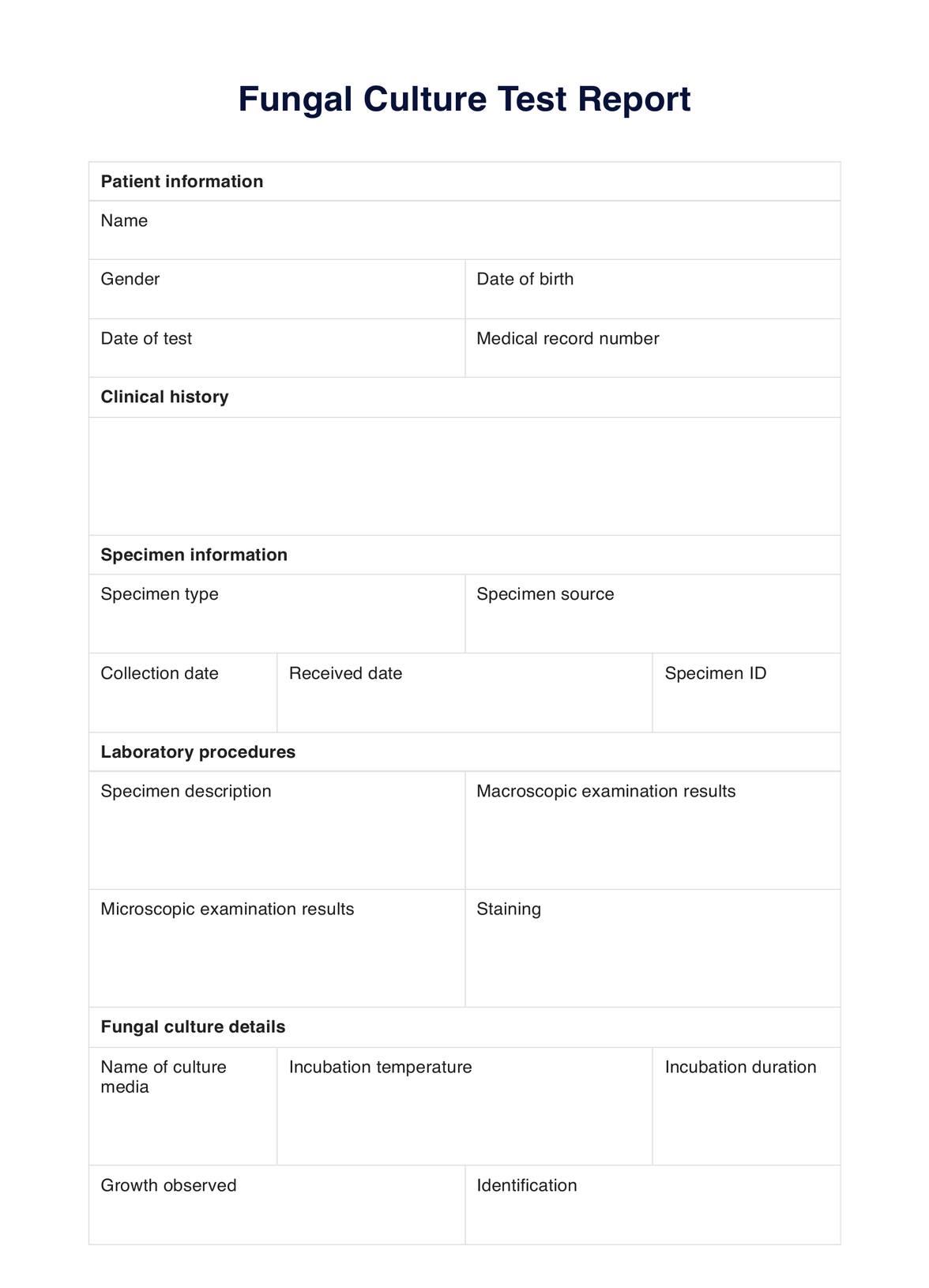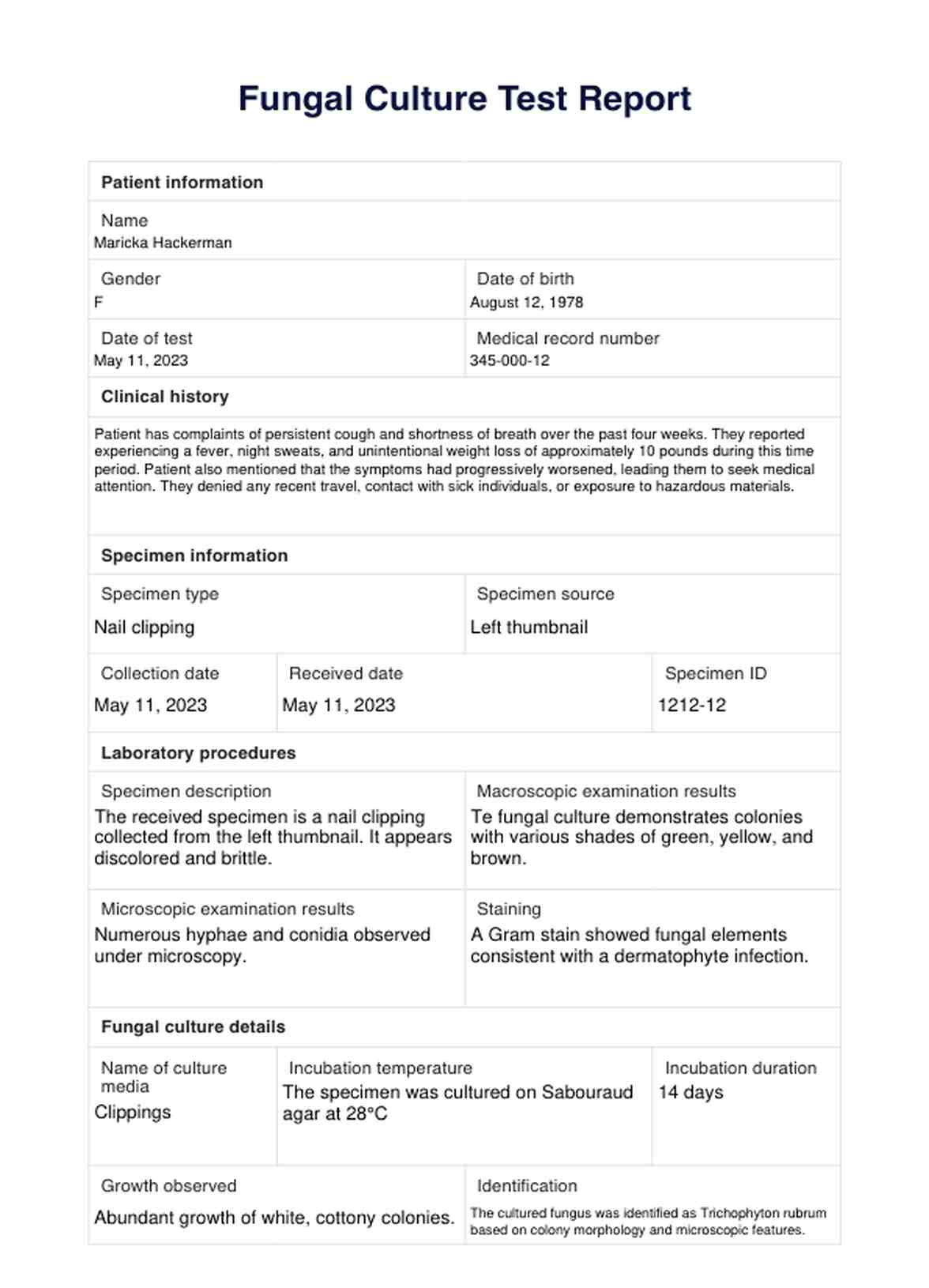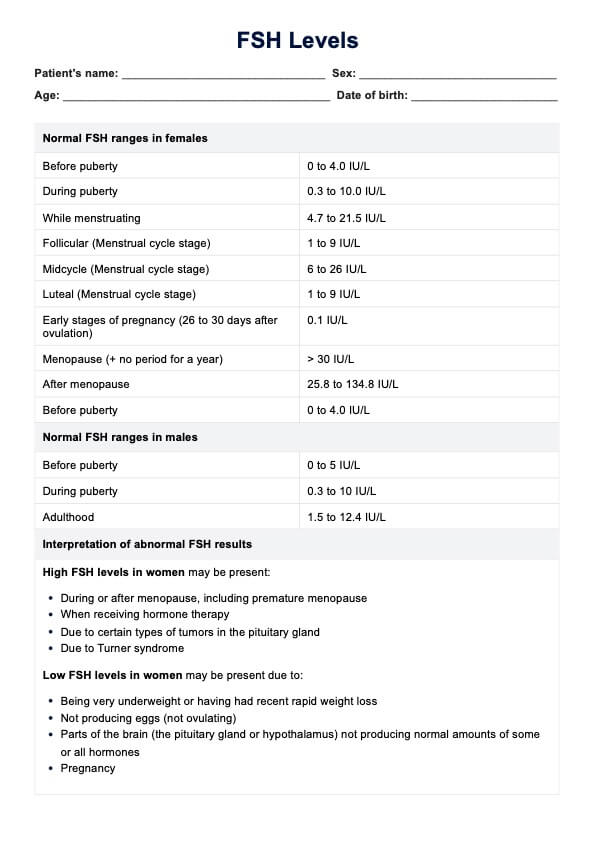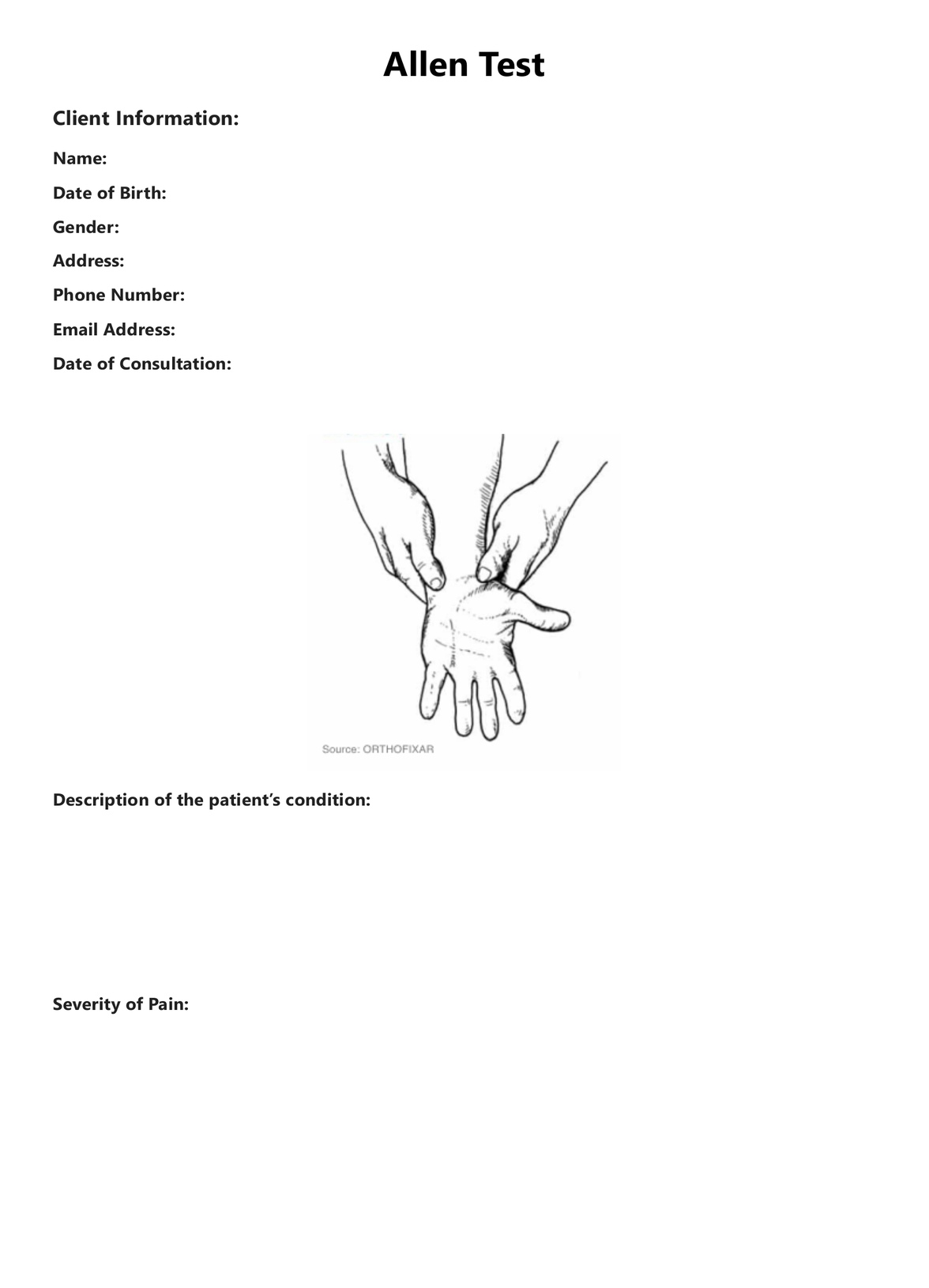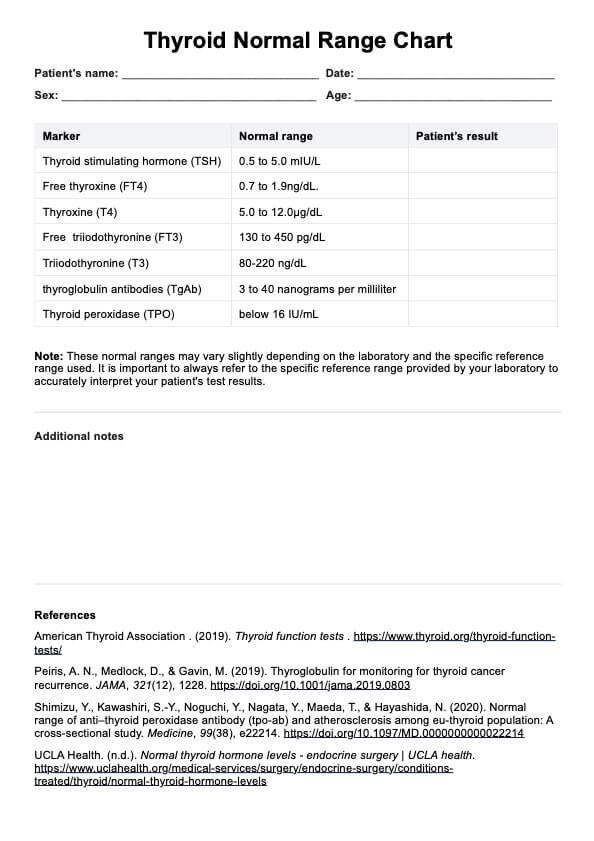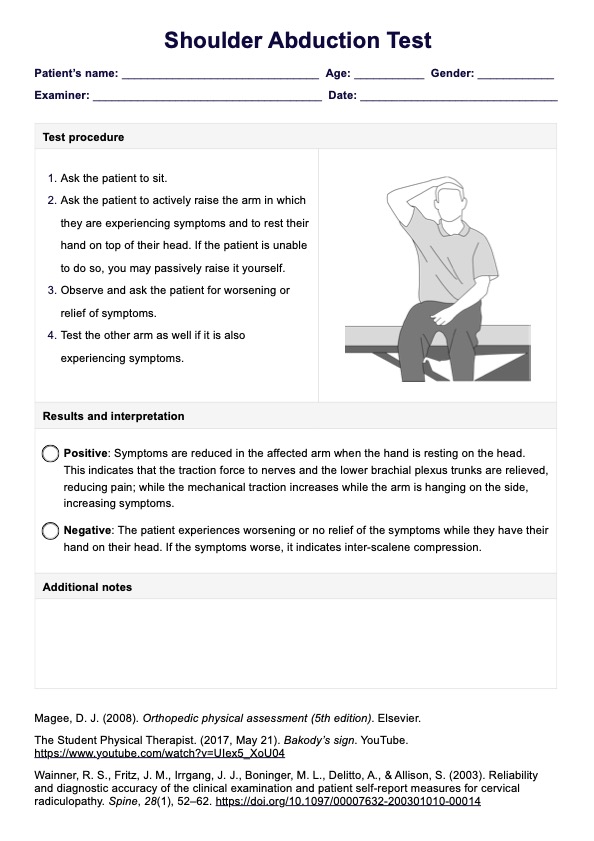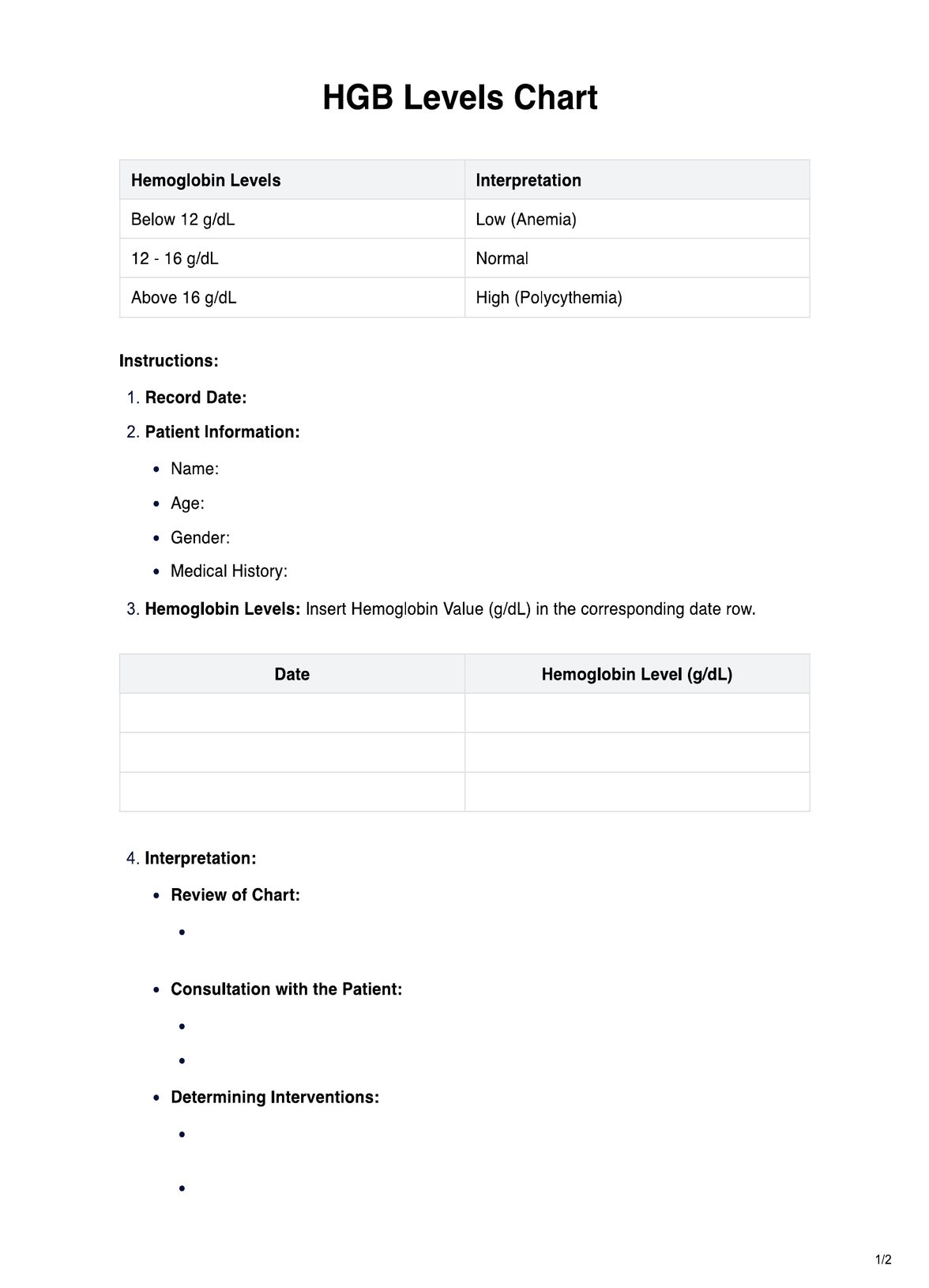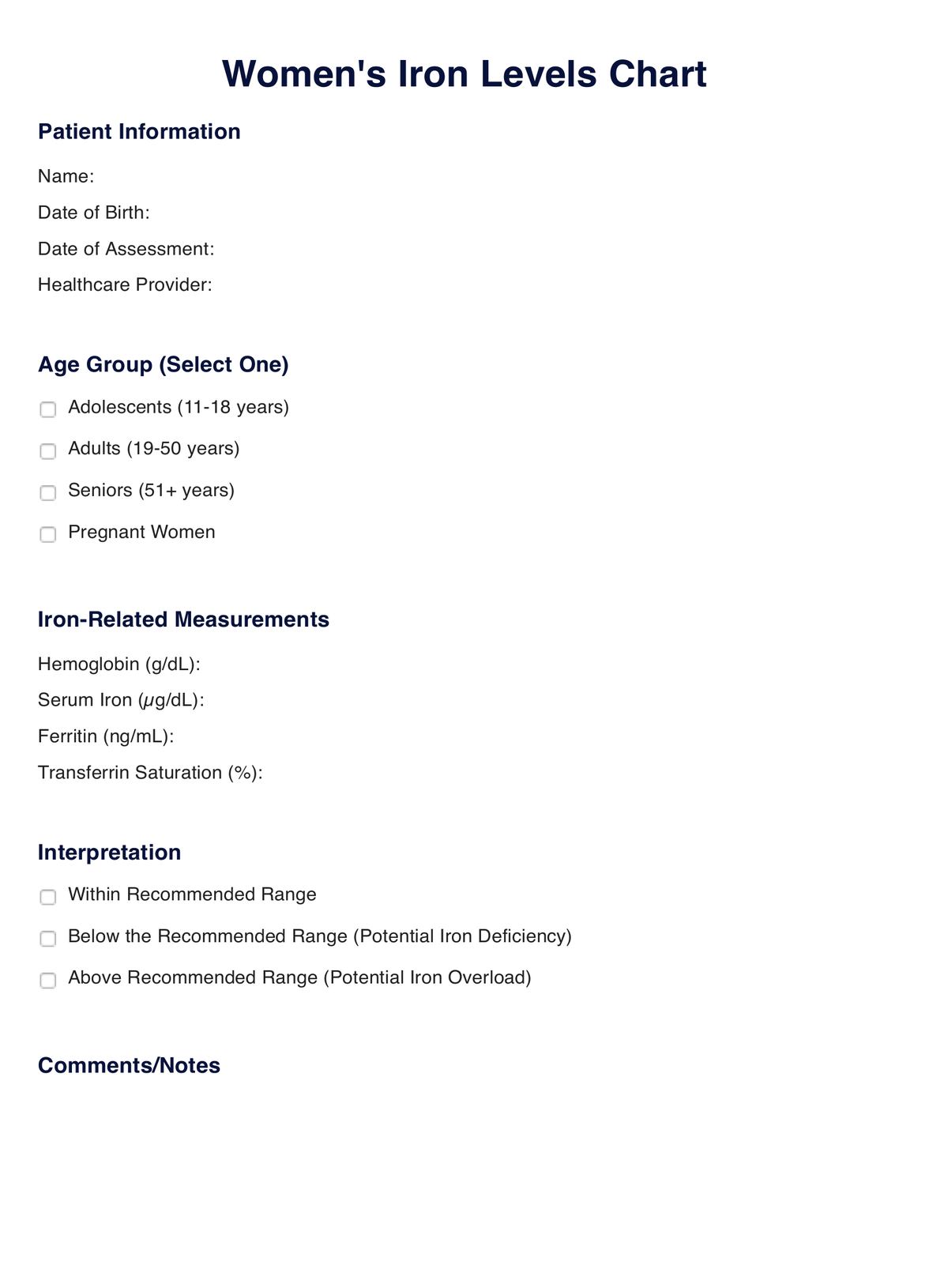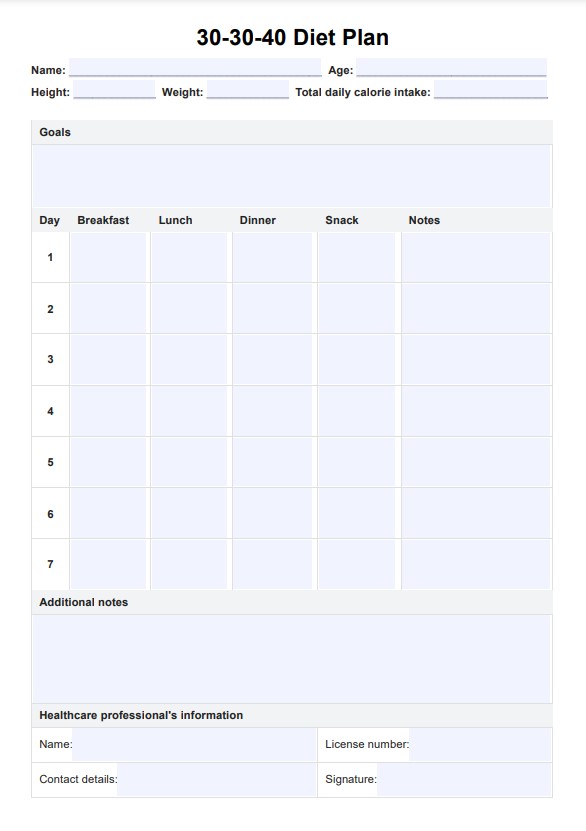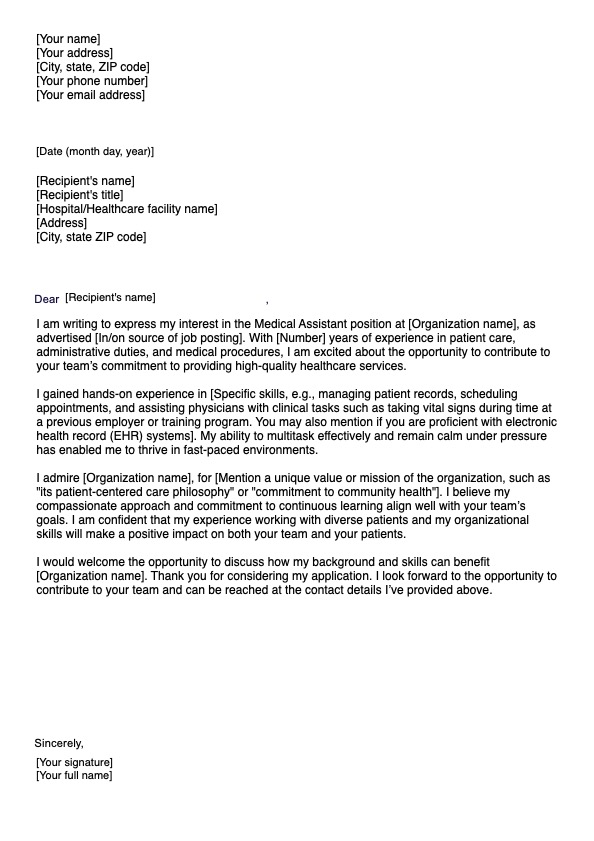Fungal Culture Test Reports
Access a free Fungal Culture Test Report template and document your patient's results easily. Get the template and PDF example here.


What is a Fungal Culture Test?
A Fungal Culture Test is used to detect the presence of fungal infections in patients. It involves taking a sample from the affected area and growing it in a laboratory setting to identify any potential fungi present.
Fungal infections range from mild skin irritations to life-threatening systemic infections, making early detection and treatment crucial. A Fungal Culture Test can accurately diagnose the type of infection and guide healthcare providers in prescribing the appropriate treatment.
The procedure may vary depending on the location of the infection. Generally, a healthcare provider will collect a sample from the affected area using a sterile swab or scraping tool. The sample is then placed on a specialized growth medium and incubated to promote the growth of fungi.
Once the sample has been incubated, a laboratory technician will examine it under a microscope for any visible signs of fungal growth. The results are then documented in a Fungal Culture Test Report.
It is considered negative if the culture shows no signs of fungal growth. This means that there is likely no fungal infection present. However, if the culture shows signs of fungal growth, further testing may be needed to identify the specific type of fungus and determine the appropriate treatment.
Fungal Culture Test Reports Template
Fungal Culture Test Reports Example
How Does it Work?
Our free Fungal Culture Test Report lets you thoroughly document your patient's test results. Follow these steps to use the template:
Step One: Download the printable Fungal Culture Test Report
Get a copy of the free template using this page's link or the Carepatron app. It is also available in our resources library.
Step Two: Enter patient information
The report's first section includes fields for patient information, including name, date of birth, and medical record number. Fill in this information accurately to ensure proper identification of the sample.
Step Three: Record test details
Use the designated area to document the results of the culture, including whether it is positive or negative for fungal growth. You can also include any additional notes or observations.
Step Five: Sign and save
Once all information has been entered, the laboratory technician performing the test must sign the report. Then, save a copy of the document for your electronic health records and share it with other healthcare professionals as needed.
When Would you use this Test Report?
You can use the free Fungal Culture Test Report template anytime you need to document the results of a fungal culture test for a patient. This includes cases where the patient is suspected of having a fungal infection or as part of routine monitoring for patients receiving antifungal treatment. You may also use this report to:
Track the effectiveness of antifungal treatment
Our Fungal Culture Test Report template can help you track the progress of a patient's fungal infection over time. By comparing results from multiple tests, you can determine whether the treatment is working or if a different approach is needed.
Identify patterns and trends
You can use the Fungal Culture Test Report to identify patterns and trends in a patient's fungal infection. This can help you make more accurate diagnoses and treatment decisions.
Communicate with other healthcare professionals
By documenting the Fungal Culture Test Report results, you can efficiently communicate a patient's condition with other healthcare professionals. This can facilitate a more comprehensive and coordinated approach to patient care, especially for those with complex cases or those needing multidisciplinary intervention.
Educate your patients
You can also utilize the template to educate patients about their health conditions. By explaining the results of the fungal culture test in simple terms, patients can better understand their situation and treatment plan. This can lead to improved patient compliance and overall health outcomes.
What do the Results Mean?
The results of a fungal culture test can help confirm or rule out the presence of a fungal infection in a patient. The test involves taking a sample from the affected area, such as skin or nails, and growing it in a laboratory to see if any fungi grow.
Negative result
A negative result means that no fungus was present in the sample. This could mean that the patient has no fungal infection or that the fungus did not grow in the culture. Sometimes, a repeat test may be necessary to confirm the result.
Positive result
A positive result means that fungi were present in the sample and have grown in the culture. This confirms the presence of a fungal infection, and further testing may be required to identify the specific type of fungus.
Atypical result
In some cases, the results of a fungal culture test may be considered atypical. This means there is growth in the culture, but it does not match any known fungi. Further testing may be necessary to identify the fungus and determine the appropriate treatment in these cases.
Different types of fungi can cause varying symptoms and require other treatments. Therefore, it is essential to interpret the results accurately to provide appropriate care for the patient. It is also important to note that a positive impact does not necessarily mean the patient has symptoms of infection.
Sometimes, a person may carry the fungus without showing signs or symptoms. This is known as asymptomatic colonization and does not usually require treatment unless the person becomes symptomatic. Asymptomatic colonization can also be a risk factor for developing an infection in the future.
Commonly asked questions
A Fungal Culture Test is typically requested by healthcare professionals, such as doctors or nurses, when a patient presents with symptoms that may indicate a fungal infection. These symptoms can include skin rashes, respiratory issues, and digestive problems. People with weakened immune systems or chronic health conditions are more likely to undergo this test.
Fungal Culture Tests are used when a healthcare professional suspects a patient may have a fungal infection. This can be determined by the presence of symptoms or risk factors and the results of other diagnostic tests. Fungal Culture Tests can also be used to monitor the effectiveness of treatment for an existing fungal infection.
The time it takes to complete a Fungal Culture Test may vary depending on the specific type of fungus being tested for and the laboratory conducting the test. Generally, results can be expected within 2-4 weeks. However, some fast-growing fungi may produce results in just a week.


